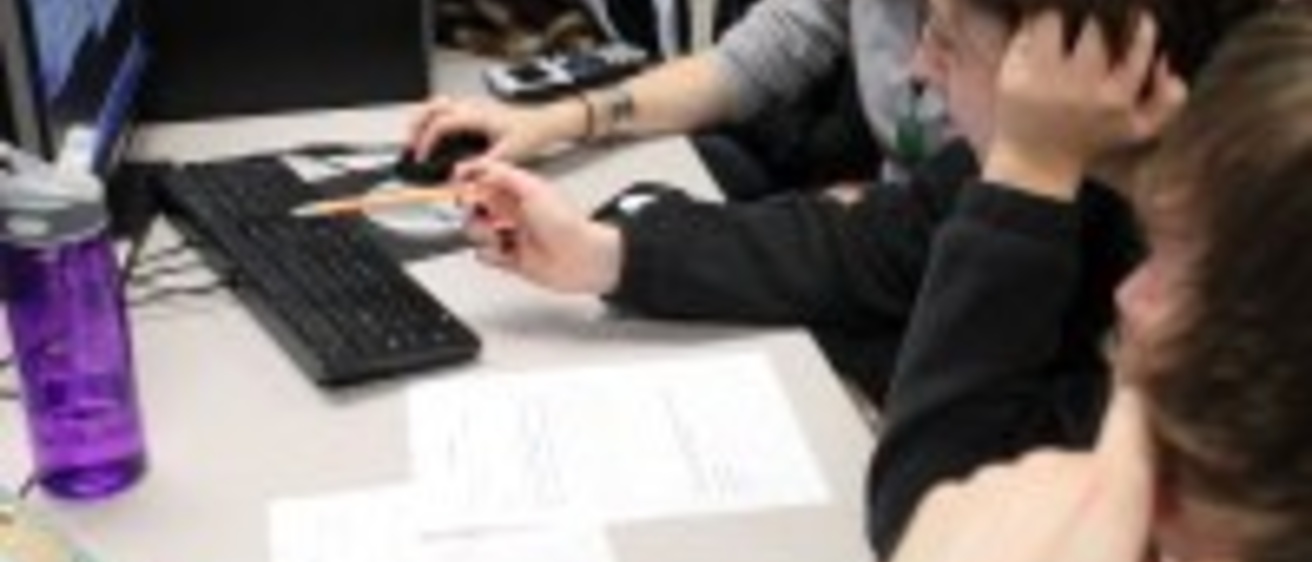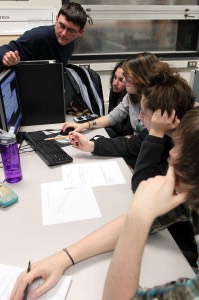
Breadcrumb
- Home
- Labs
- Foundational Labs
- Introduction to Active Learning
Introduction to Active Learning
Main navigation
Resources: Worksheet, Wolfram Alpha
Demonstrations: Solar System to Scale, Scale of the Universe
Background
Learning is not a spectator sport. Your role in this laboratory may be different from what you are used to in a traditional classroom. Instead of passively listening to an instructor lecture at the front of the room, then following instructions one by one on autopilot, you and your team of fellow students will be presented with a science question and a set of resources, and asked to figure out how to solve the problem. This is the idea behind active learning: Students are expected to actively engage in problem-solving by applying past knowledge, creativity, and curiosity to the question being asked. This lab is designed to allow students to become comfortable with this learning environment.
The primary advantage of active learning is that students learn concepts faster and more comprehensively. Unlike passive 'recipe' instruction or memorization, they develop their creativity, collaborative skills, and curiosity. It is also the mode in which most work environments operate, for example scientific research groups, business management, innovation start-up teams, and medical staff. Some students also see a downside: Instead of showing up to class and passively sitting (and perhaps daydreaming, or even napping), they need to interact with their fellow students and do some critical thinking. Genuine understanding requires effort.
Selecting Roles

Many studies in active learning have concluded that groups of several students (three to four, maybe five) are an optimal size, and that the team works best when specific roles are assigned. For a three-person lab group, an effective set of roles is:
- Manager: Keeps the group on track, manages time, ensures that discussion does not stray in non-relevant directions. Note that the manager is not the 'boss'; they are an equal partner in contributing to problem-solving.
- Scribe: Keeps a record of group members' ideas, data, analysis; makes sure the team agrees on each step or conclusion. Is responsible for ensuring the lab is turned in.
- Skeptic: Questions assumptions, tries to find weaknesses in arguments, thinks of alternative explanations. Note that unlike some social settings, this is not impolite but an essential part of the scientific method.
Groups that don't have defined roles often function less effectively. Here are a pair of videos that contrast a well-run group with one that is not:
Although the composition of lab groups may change as the semester progresses, they may also be maintained for several weeks or more. Take the time to learn your group members' names.

Learning Goals: Students will learn how to work within their assigned lab groups to complete surveys and experiments which introduce active learning concepts that will be applied in later labs.